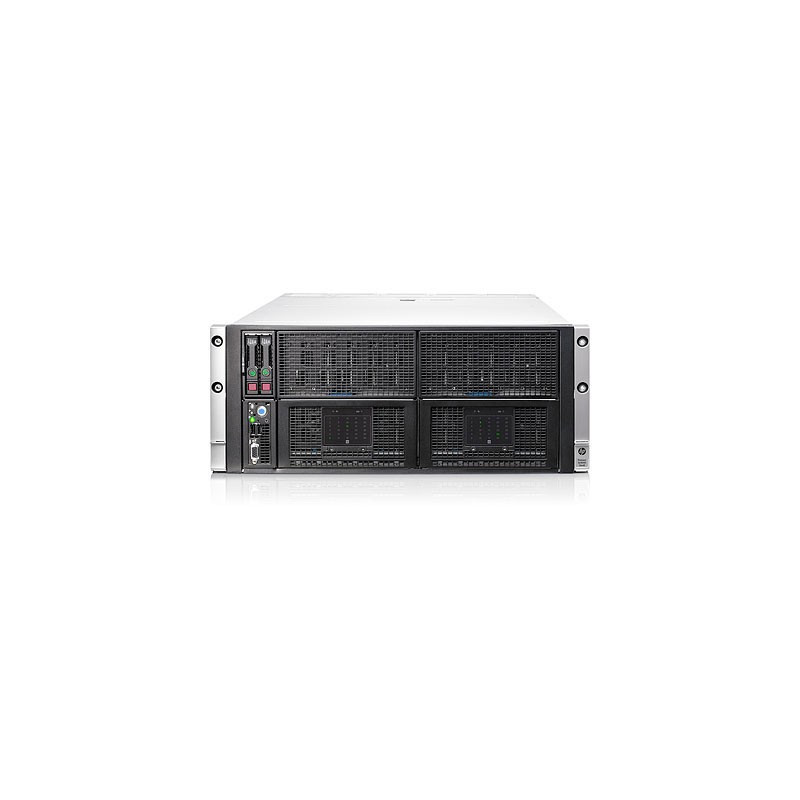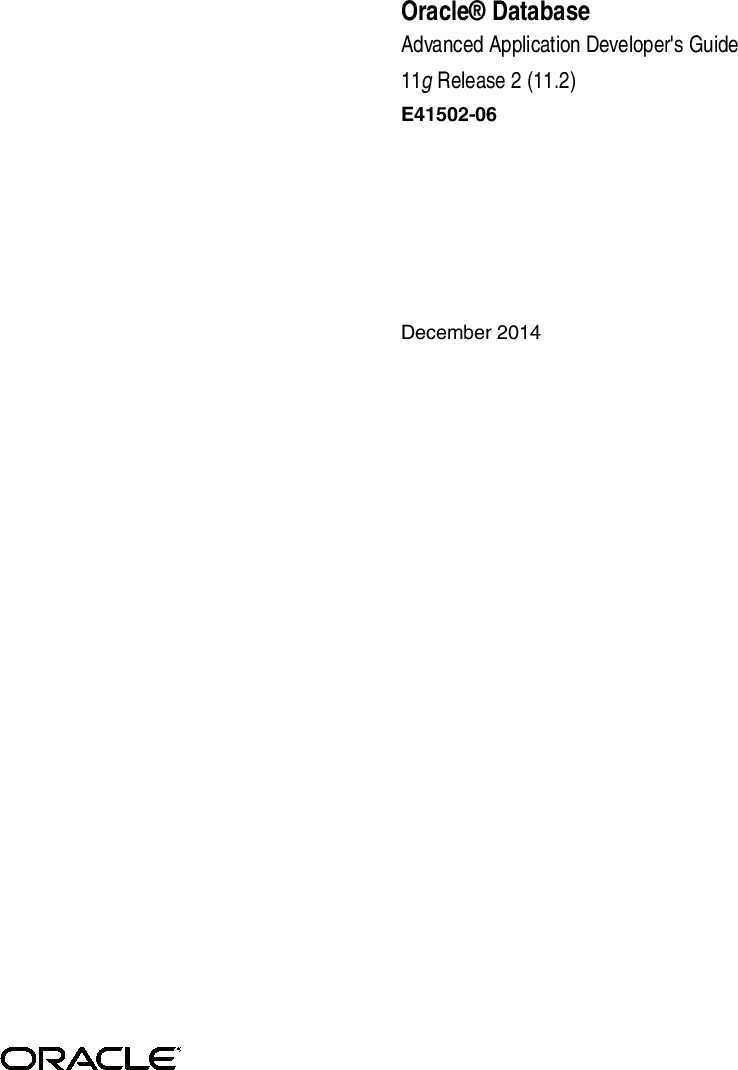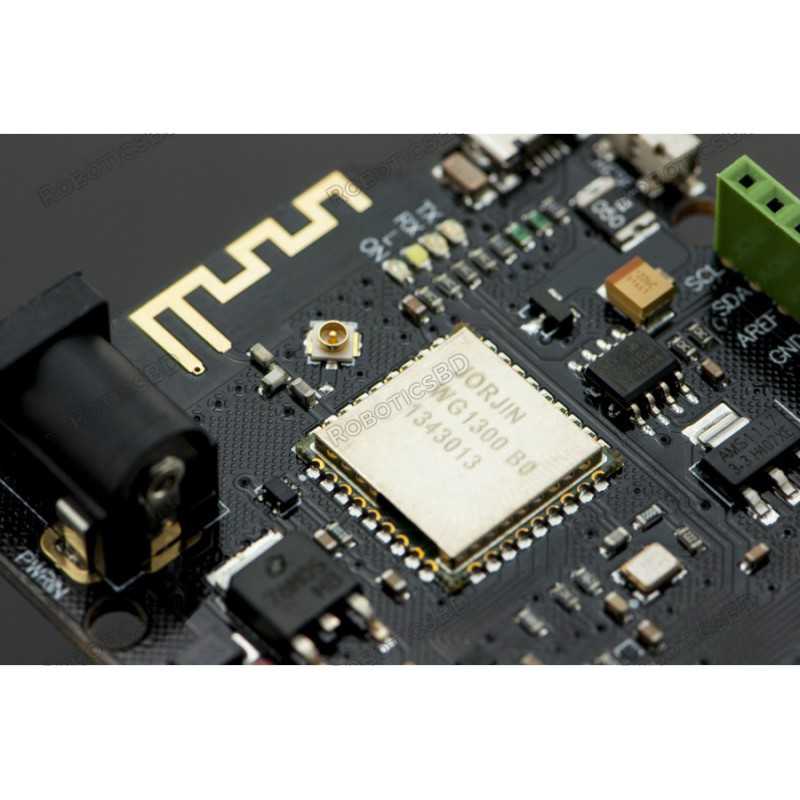

- #Quick node stock install#
- #Quick node stock registration#
- #Quick node stock software#
- #Quick node stock code#
- #Quick node stock license#
The following diagram depicts some important parts of Node.js which we will discuss in detail in the subsequent chapters. Projects, Applications, and Companies Using Node This list includes eBay, General Electric, GoDaddy, Microsoft, PayPal, Uber, Wikipins, Yahoo!, and Yammer to name a few.
#Quick node stock license#
License − Node.js is released under the MIT license.įollowing is the link on github wiki containing an exhaustive list of projects, application and companies which are using Node.js. These applications simply output the data in chunks. No Buffering − Node.js applications never buffer any data. Node.js uses a single threaded program and the same program can provide service to a much larger number of requests than traditional servers like Apache HTTP Server. Event mechanism helps the server to respond in a non-blocking way and makes the server highly scalable as opposed to traditional servers which create limited threads to handle requests. Single Threaded but Highly Scalable − Node.js uses a single threaded model with event looping.
#Quick node stock code#
Very Fast − Being built on Google Chrome's V8 JavaScript Engine, Node.js library is very fast in code execution. The server moves to the next API after calling it and a notification mechanism of Events of Node.js helps the server to get a response from the previous API call. It essentially means a Node.js based server never waits for an API to return data.
#Quick node stock software#
Node.js = Runtime Environment + JavaScript Libraryįollowing are some of the important features that make Node.js the first choice of software architects.Īsynchronous and Event Driven − All APIs of Node.js library are asynchronous, that is, non-blocking. Node.js also provides a rich library of various JavaScript modules which simplifies the development of web applications using Node.js to a great extent. Node.js applications are written in JavaScript, and can be run within the Node.js runtime on OS X, Microsoft Windows, and Linux.

Node.js is an open source, cross-platform runtime environment for developing server-side and networking applications. Node.js uses an event-driven, non-blocking I/O model that makes it lightweight and efficient, perfect for data-intensive real-time applications that run across distributed devices. Node.js is a platform built on Chrome's JavaScript runtime for easily building fast and scalable network applications. The definition of Node.js as supplied by its official documentation is as follows − Node.js was developed by Ryan Dahl in 2009 and its latest version is v0.10.36. Optionally, it can also include the location of an initState file that seeds the Uni with data when it is is a server-side platform built on Google Chrome's JavaScript Engine (V8 Engine). The registration.json file defines the Uni name, location of the schema file, and the participants in the Uni.
#Quick node stock registration#
Sample registration file - save as registration.json For simplicity, save them all to the same directory. The files listed below should be saved to your computer. In this Quick Start, we have provided sample files including a data model for your use that describes product inventory data. Step 1 - Prepare the Deployment Files for the Uni Please sign up for Vendia Share if you have not already done so. You will need to have a valid Vendia Share user in order to deploy this Quick Start.
#Quick node stock install#
To install the CLI globally, run the following command: npm install -global You can also install the Vendia CLI inside of a project (instead of globally).įor more information, please visit the NPM package page or view the CLI commands list. The share-cli can be installed using the NodeJS Node Package Manager(NPM). We will be using the share-cli to deploy and manage our product catalog. This Quick Start uses the Vendia Share Command Line Interface (CLI) for creating and managing Unis.

Defined a channel of partners and created them as parties in our Uni.Created a Universal Application (Uni) with a pre-defined data model.In this Quick Start, we will deploy a sample inventory channel involving a single Distribution Center and two retailers.īy the end of the Quick Start you will have:

Knowing how much inventory is in a channel helps to mitigate these risks. A supplier that fails to do so risks high or low inventory stock events, missed sales opportunities, and customer disappointment. Inventory visibility is critical for suppliers to manage inventories in their channels.


 0 kommentar(er)
0 kommentar(er)
